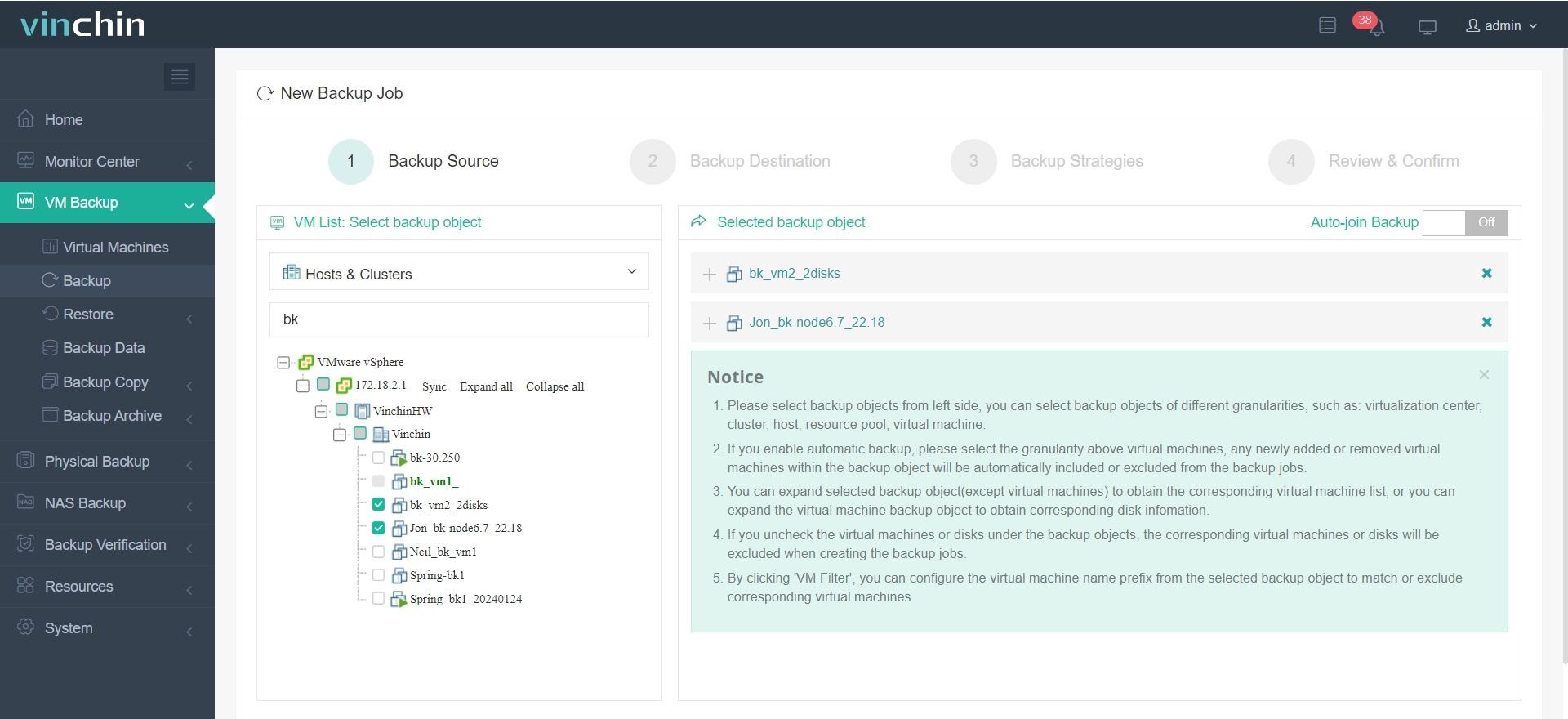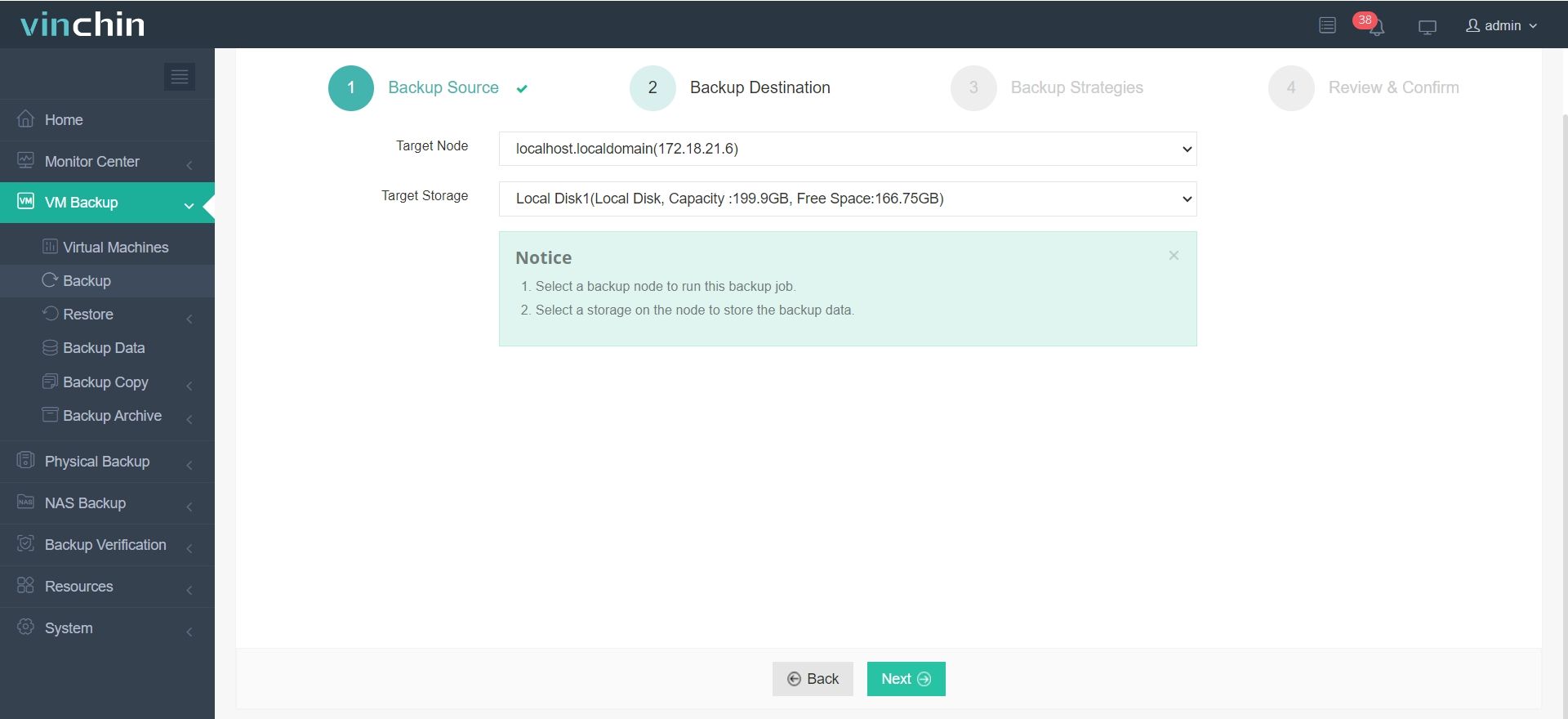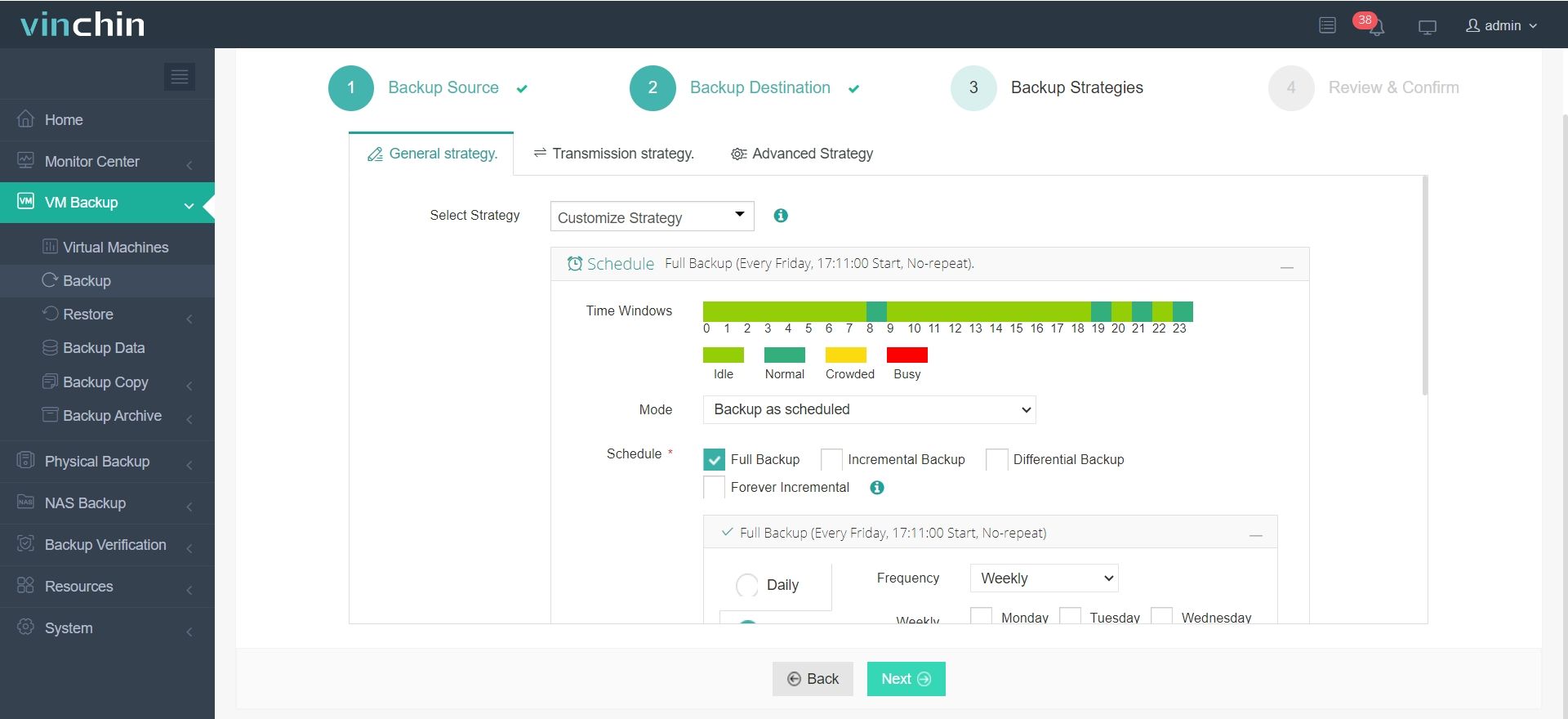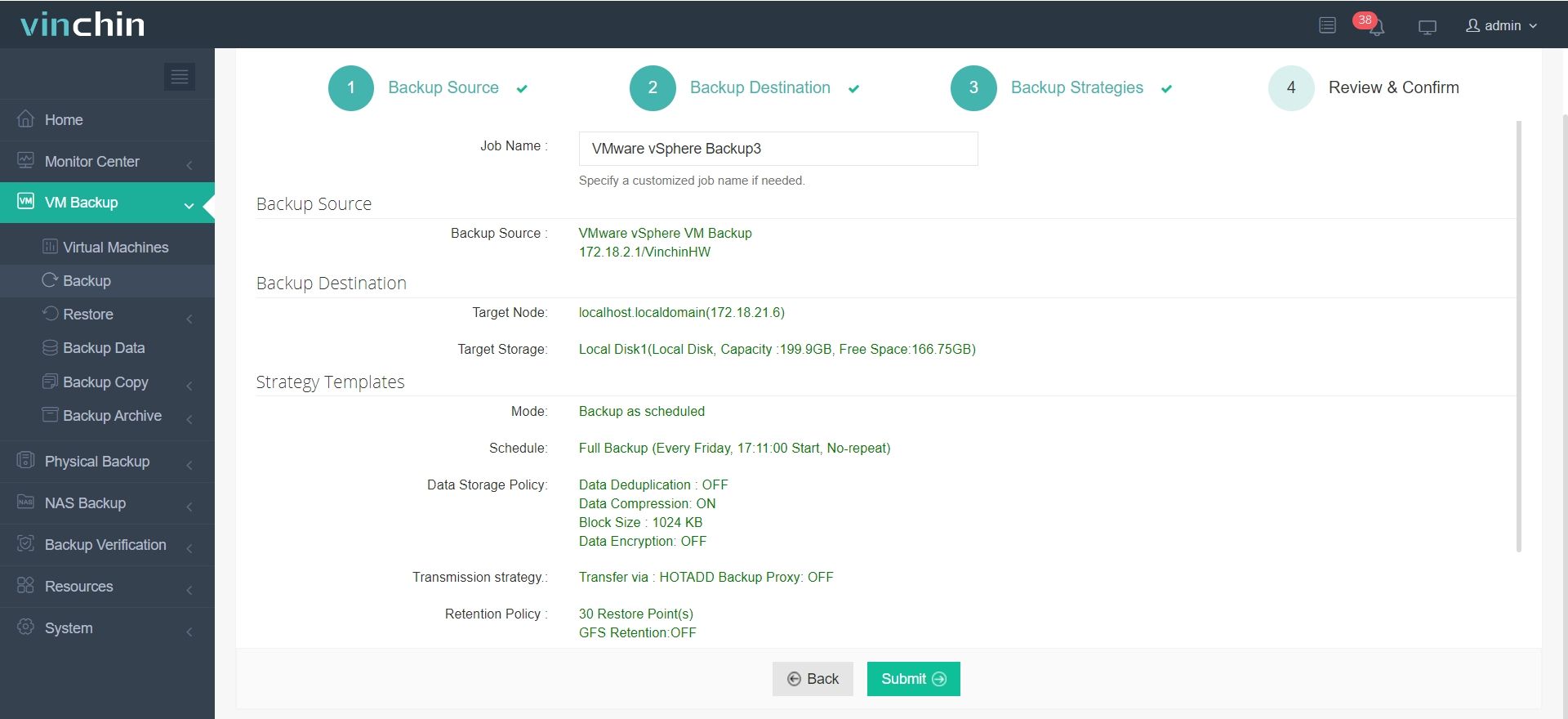-
Causes of failing to boot ESXi
-
How to fix ESXi boot failure in UEFI mode?
-
How to backup ESXi VM with Vinchin?
-
ESXi UEFI boot failure FAQs
-
Conclusion
When you try to install VMware ESXi on a server using UEFI mode, expecting new settings and performance, you may encounter some problems. Using UEFI is like installing an advanced control system for your computer. This new interface replaces the old BIOS, and is like installing an intelligent boot system for your computer, which greatly improves boot speed and system stability.
However, during this process, you may encounter a situation where the server fails to boot. An error message like No boot device available or Unexpected network error may be displayed on the screen. This can cause the server to seem stuck at the starting line and unable to move forward.
Causes of failing to boot ESXi
When a host is unable to boot after installing the ESXi operating system in UEFI mode, the possible reason is that host fails to recognize ESXi installed disks as boot disks. It is as if the host computer is unable to recognize the critical configuration information required for the new control system, resulting in a failure to boot.
Cause 1 - installer and NVRAM interaction
The origin of the problem may be in the process of the installer creating the UEFI boot options and writing them to NVRAM (a special storage area for storing configuration data). You would expect that the computer host should be able to remember these settings and set them as the preferred boot options.
However, there may be difficulties in implementation that can cause the boot process to run into failures. This is similar to when you send the host the command "Please set this as the primary boot option", but the host may not fully understand and successfully execute the command, which may ultimately result in a failure to boot.
Cause 2 - MBR or MSDOS partition table
Another possible reason is that the boot disk uses the MBR or MSDOS partition table. Just like a car needs a specific type of fuel, a computer needs a specific type of "map" when booting in UEFI mode. This "map" is called a partition table, and just like a map tells the computer where the data exists, the partition table tells the computer how the data on the hard disk is organized.
How to fix ESXi boot failure in UEFI mode?
When you encounter a boot failure while installing VMware ESXi in UEFI mode, there are steps you can take to resolve the issue. For more detailed instructions, see Host Fails to Boot After You Install ESXi in UEFI Mode.
To fix ESXi boot failure in UEFI mode, following these steps:
1. When the error message is shown on the screen, open the boot options menu
2. Verify VMware ESXi boot option > try booting from it > set it as primary if successful
3. If issue persists, choose an option similar to Add Boot Option
4. Select the file EFIBOOTBOOTx64.EFI on the disk where ESXi is being installed
5. Change the boot order so that the host boots from the added options
How to backup ESXi VM with Vinchin?
The occurrence of an ESXi boot failure in UEFI event re-emphasizes the importance of VM backup. In virtualization environments, once a system problem occurs, the entire recovery process can become extremely complicated, causing a threat to business continuity. At this point, regular VM backups become especially important.
Vinchin Backup & Recovery is a professional virtual machine backup solution. Vinchin supports VMware ESXi v7.0, v6.x, v5.x and v4.x versions. So when ESXi is deployed in a virtualized environment, Vinchin can provide you with reliable backup protection.
Vinchin provides an intuitive and easy-to-use interface that allows you to perform backups quickly. In addition, Vinchin offers point-in-time recovery, where you can choose a specific time point for recovery and flexible backup strategies and and VM backup encryption options that you can customize to meet your business needs.
To backup a VM with Vinchin Backup & Recovery, following these steps:
1. Just select the VM to backup

2. Select the backup destination

3. Specify backup strategies

4. Submit it

Vinchin offers a 60-day free trial strategy to give users the opportunity to experience it in a real-world environment. If you are interested in Vinchin, you can get more information by contacting the Vinchin or our local partner.
ESXi UEFI boot failure FAQs
Q1: Why does my ESXi installation fail to boot in UEFI mode?
A1: Reasons may include incompatible hardware, incorrect firmware settings, corrupted installation media, or incorrect installation steps. Ensure that your server hardware and firmware versions support UEFI and that the relevant settings are configured correctly.
Q2: How to check if UEFI mode is enabled?
A2: Go to your system's BIOS/UEFI setup screen at boot time and look for the relevant boot options. There will usually be a clear indication of whether it is currently in Legacy BIOS or UEFI mode. If unsure, consult the motherboard manual or contact the manufacturer for assistance.
Conclusion
Choosing to install VMware ESXi in UEFI mode brings advanced control and improved performance to the system, but can lead to boot failures due to disk recognition issues. At this point, just as a navigator needs alternate routes, VM backups are especially important. Vinchin offers a wide range of backup and recovery options with individually tailored strategies to ensure that your business continues to run smoothly in a virtualized environment.
Share on:






